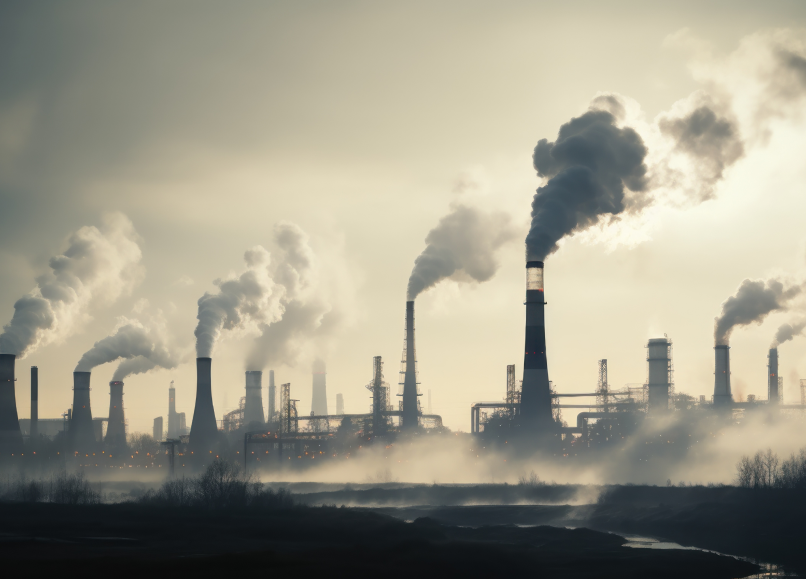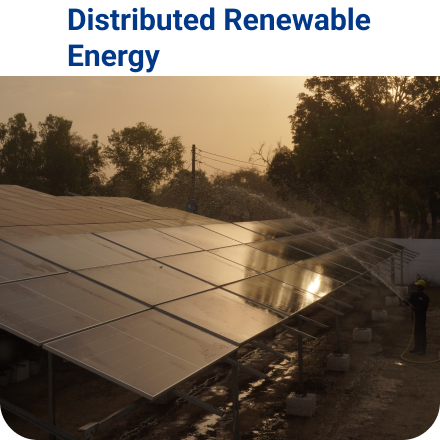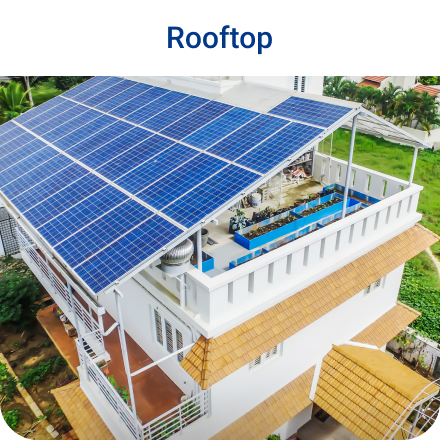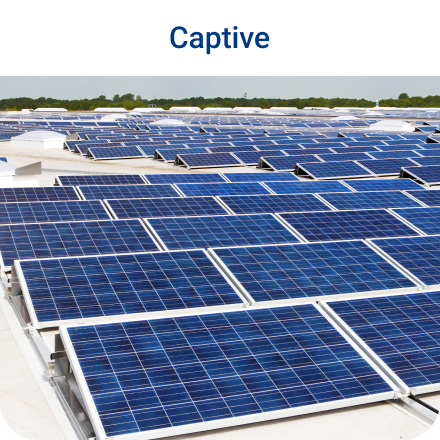
Getting to Net Zero is Critical
Urgency defines our era as the Earth warms at an alarming rate, already surpassing 1.1°C above pre-industrial levels. The global consensus, as seen in initiatives like the Paris Agreement, demands swift action to limit the rise to 1.5°C. Net-zero emissions by 2050, a crucial target, necessitates a 45% reduction by 2030. In this era of prioritizing sustainability, OMC Power sees net-zero as both a responsibility and a mark of innovation. It's the delicate balance between meeting current energy needs and preserving ecosystems for future generations. In the journey towards Net Zero, Energy Transition is the catalyst for profound change, fostering Climate Resilience, influencing Health Dynamics, and driving Economic Landscape Shifts.
On the path to net zero, we foresee a future where sustainability and advanced technology shape a powerful legacy in energy generation.
Causes of Environmental Challenges
Carbon Emissions and Climate Chaos
Usage of Fossil Fuels—coal, oil, and natural gas—stand as the chief culprits behind our planet's dangerous climate crisis. While it is disheartening to note that global cO2 emissions soared to a staggering 40.9 billion tons in 2023, representing a significant increase compared to the estimated 34 billion tons in 2020, it is crucial to acknowledge the challenges we face in achieving sustainable practices.
The combustion of fuels unleashes a torrent of greenhouse gases, plunging us into an unyielding cycle of global warming, while Earth's resources are rapidly depleting at an alarming rate.
The Urgent Call is Clear:
Shift towards sustainable alternatives, or witness our world succumb to the relentless exploitation of finite treasures.

Significance of Energy Transition Towards Net Zero
Energy transition is a fundamental shift towards sustainable and cleaner energy sources, playing a crucial role in achieving a Net Zero future. The combustion of fuels unleashes a torrent of greenhouse gases, plunging us into an unyielding cycle of global warming, while Earth's resources are rapidly depleting at an alarming rate. The transition to clean energy is imperative for a more sustainable and resilient world. Embracing this shift is not only an environmental responsibility but also a strategic investment in the well-being of our planet and future generations.
Exploring Diverse Models of Solar Energy Transition
Embracing sustainability requires innovative approaches to energy generation, and the journey towards a cleaner, more resilient future is marked by diverse models of transition.

Distributed Renewable Energy
Distributed Renewable Energy involves the widespread deployment of small-to medium-scale renewable energy systems, typically close to the point of energy consumption. Rooftop solar, small wind turbines, and community-based projects contribute to a decentralized energy generation approach.

Rooftop
The Rooftop Model focuses on utilizing rooftops Of buildings for solar energy generation, taking advantage of available space in urban and suburban areas. Installation of solar panels on residential, commercial, and industrial rooftops, with grid-tie or off-grid systems.

Captive
In the Captive Model, businesses or communities generate their own power, often through on-site renewable energy sources, reducing dependence on the centralized grid. On-site solar panels, wind turbines, or other renewable installations are tailored to the specific needs of a facility or community.

Open Access
The Electricity act, of 2003, and its 2020 amendment allow consumers to Access Green Energy directly from renewable sources. This supports renewable energy integration into the grid and extends green energy open access to entities with connections totalling 100 KW or more within the same division.
Challenges in Implementing Energy Transition
Implementing an energy transition involves shifting from traditional, fossil-fuel-based energy systems to more sustainable and renewable alternatives. While the goals of such a transition are crucial for addressing climate change and ensuring a more sustainable future, several challenges can impede the process, including the intermittency of renewable energy sources, the need for extensive infrastructure and grid integration, as well as significant upgrades and investments in infrastructure. Moreover, continuous technological innovation is essential to address these challenges effectively and pave the way for a successful energy transition.